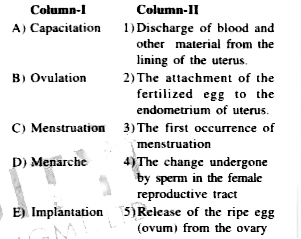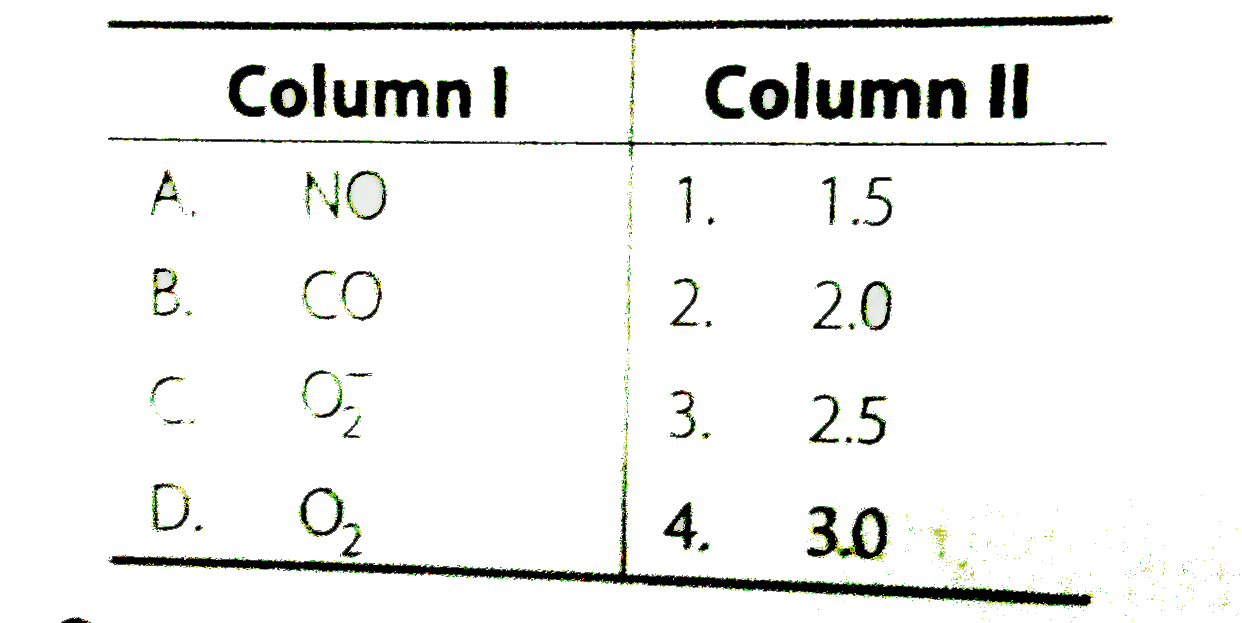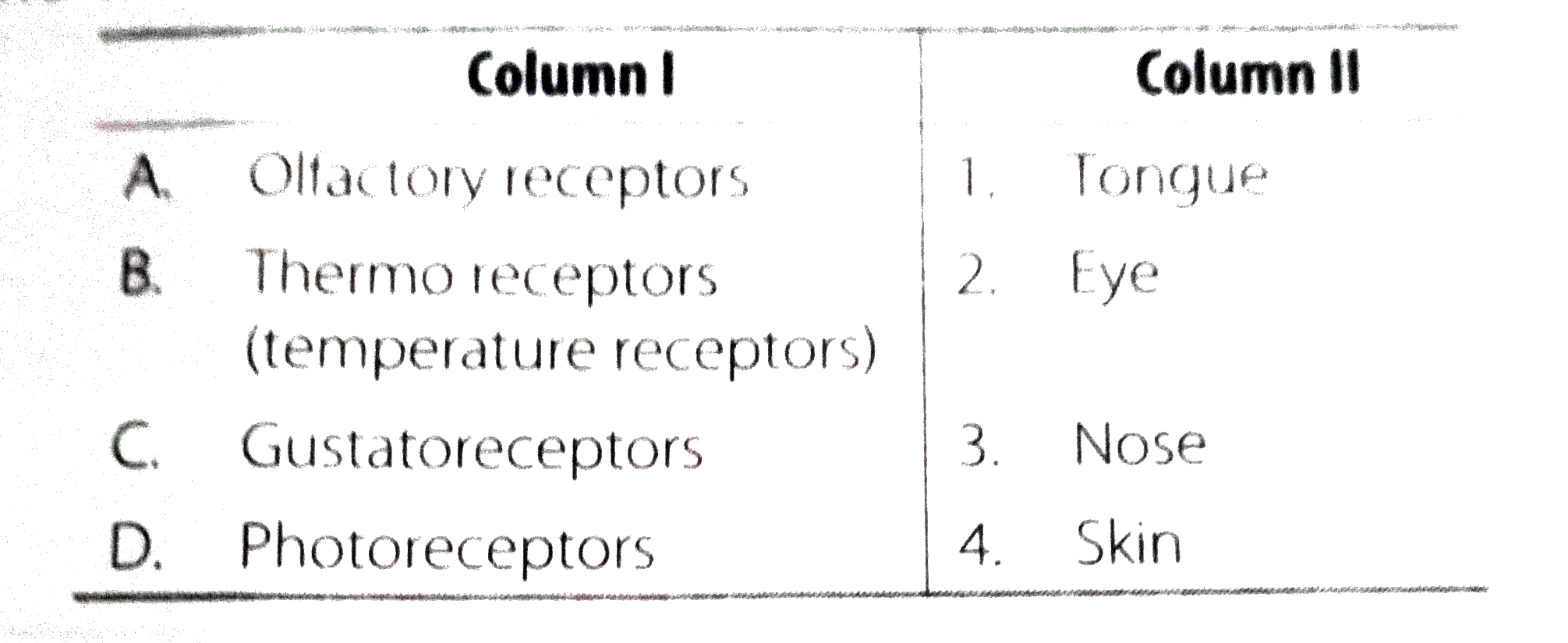Match the terms mentioned in the column I with the terms in column II — Column I- (a)Hyperconjugation, (b)Isomers, (c)Nucleophile, (d)Electrophile, Column II- (i)Cyclohexane and 1−haxe≠, (ii)σ−π conjugation, (iii)species that can receive a pair of electron, (iv)species that can supply a pair of electrons
a-(ii),b-(i),c-(iii),d-(iv)
a-(i),b-(ii),c-(iv),d-(iii)
a-(ii),b-(i),c-(iv),d-(iii)
a-(i),b-(ii),c-(iii),d-(iv)
To solve the matching question, we need to analyze the terms in Column I and find their corresponding matches in Column II.
1. Hyperconjugation:
- Hyperconjugation is a concept in organic chemistry that refers to the interaction between σ (sigma) bonds and adjacent empty p-orbitals or π (pi) bonds. This is often described as σ-π conjugation.
- Match: (a) Hyperconjugation → (ii) σ-π conjugation
2. Isomers:
- Isomers are compounds that have the same molecular formula but different structural formulas. An example of isomers includes cyclohexane and 1-hexene, which have the same molecular formula (C6H12) but different structures.
- Match: (b) Isomers → (i) Cyclohexane and 1-hexene
3. Nucleophile:
- A nucleophile is a species that can donate a pair of electrons to form a chemical bond. Thus, it is a species that supplies a pair of electrons.
- Match: (c) Nucleophile → (iv) Species that can supply a pair of electrons
4. Electrophile:
- An electrophile is a species that can accept a pair of electrons to form a bond. Therefore, it is a species that can receive a pair of electrons.
- Match: (d) Electrophile → (iii) Species that can receive a pair of electrons
Final Matches:
- (a) Hyperconjugation → (ii) σ-π conjugation
- (b) Isomers → (i) Cyclohexane and 1-hexene
- (c) Nucleophile → (iv) Species that can supply a pair of electrons
- (d) Electrophile → (iii) Species that can receive a pair of electrons
Summary of Matches:
- A → ii
- B → i
- C → iv
- D → iii
- Hyperconjugation is a concept in organic chemistry that refers to the interaction between σ (sigma) bonds and adjacent empty p-orbitals or π (pi) bonds. This is often described as σ-π conjugation.
- Match: (a) Hyperconjugation → (ii) σ-π conjugation
- Isomers are compounds that have the same molecular formula but different structural formulas. An example of isomers includes cyclohexane and 1-hexene, which have the same molecular formula (C6H12) but different structures.
- Match: (b) Isomers → (i) Cyclohexane and 1-hexene
- A nucleophile is a species that can donate a pair of electrons to form a chemical bond. Thus, it is a species that supplies a pair of electrons.
- Match: (c) Nucleophile → (iv) Species that can supply a pair of electrons
- An electrophile is a species that can accept a pair of electrons to form a bond. Therefore, it is a species that can receive a pair of electrons.
- Match: (d) Electrophile → (iii) Species that can receive a pair of electrons
- (a) Hyperconjugation → (ii) σ-π conjugation
- (b) Isomers → (i) Cyclohexane and 1-hexene
- (c) Nucleophile → (iv) Species that can supply a pair of electrons
- (d) Electrophile → (iii) Species that can receive a pair of electrons
- A → ii
- B → i
- C → iv
- D → iii
Topper's Solved these Questions
Similar Questions
Match the terms mentioned in Column I with the terms in Column II

View SolutionMatch the terms given in column I with the units given in column II.

View SolutionMatch the terms column-I with column-II

View SolutionMatch the terms given in Column I with the compound given in Column II.

View SolutionMatch the species in Column I with the geometry/shape in Column II.

View SolutionMatch the terms in Column I with the relevent item in Column II.

View SolutionMatch the species in Column I with the bond order in Column II.

View SolutionMatch the column I with Column II

View SolutionMatch the terms of column I with those of column II.

View SolutionMatch the species in Column I with the type of hybrid orbitals in Column II.

View Solution
